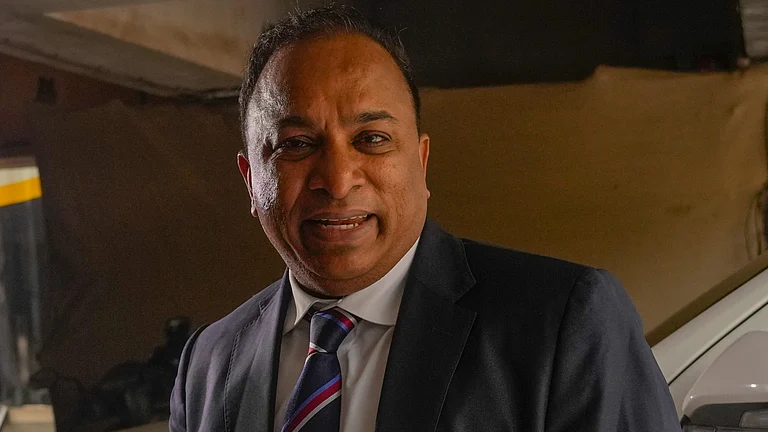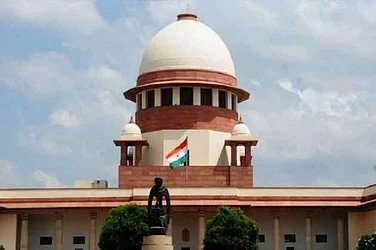Owing to its historical significance, the Constituent Assembly chose 26 January 1950 as the day on which the Constitution would come to life. During the freedom struggle, the nationalist movement had demanded that India be granted ‘Purna Swaraj’ (complete independence) by 26 January 1930. From then onwards, 26 January had been referred to as ‘Independence Day’ and annually, people across India would take the ‘independence pledge’. The day had attained a special meaning in the public imagination, and it was considered ‘fitting that the new republic should come into being on that day.’Undoubtedly, the Constituent Assembly had performed a remarkable and unprecedented exercise in the constitutional making, overcoming numerous obstacles before it finally gave to free India her Constitution.
Formally though, the Constituent Assembly had adopted Article 21 without a clause on due process. In adopting the ‘colourless expression’ ‘procedure established by law’, the Assembly disavowed enumerating a clause on due process, even though Article 22 was introduced to afford a semblance of due process protection in cases of arrests and preventive detention. However, even Article 22 had been viewed as providing insufficient protection.
All then that Article 21 stood for was to proclaim to free India that the State can deprive a person of their life or personal liberty in whatever manner it likes, so long as a law was enacted for that purpose. In doing so, the State could neither be held accountable nor responsible, and least of all answerable, for the egregiousness and irrationality of the process which inhered in the law. The catch-all defence available to the State against any such charge was a succinctly complete one: that a law was in place.
Article 21 essentially reversed the function of fundamental rights. Rather than operating as a mechanism to impose boundaries that confine the State’s law-making powers, here was a fundamental right that pushed the frontiers of inviting the State to enact laws to run roughshod over the right to life and personal liberty. The fact that Article 21 neither granted substantive due process nor procedural due process rights would go on to become a serious bone of contention when the Supreme Court of India would begin interpreting fundamental rights guaranteed by Part III of the Constitution.
At any rate, in the winter of 1950, the Constituent Assembly gave to free India its foundational document whose overarching influence would doubtless shape the nation’s destiny. In large measure, the winter season had been a central fixture in the making of Article 21, and indeed the Constitution itself.

It was in the winter of 1946, that the newly elected Constituent Assembly first met to begin its deliberations on a new Constitution, and it was in that winter that Nehru introduced the Objectives Resolution in the Assembly.
It was in the winter of 1949, that the Assembly voted to approve the final Constitution, and it was in the winter of 1950, that the Assembly formally adopted the Indian Constitution. But winter was also the season of dread and discontent.
It was in the winter of 1948, that the Drafting Committee decided to eject due process from the Draft Constitution, and bring in its stead the text of Article 21. So, too, in the winter of 1948 did the Constituent Assembly vigorously debate Article 21 (then draft Article 15) and in that winter, adopt it without a clause on due process.
That even otherwise, New Delhi was a place to be dreaded in the time of winter was something which K Hanumanthaiya, the member from Mysore, was at pains to highlight when beseeching the Constituent Assembly that the nation’s capital must be shifted to a state with hospitable climes.
It is perhaps only by happenstance, a coincidence, that the cold and vacuous right to life and personal liberty was drafted, debated, voted on and then finally approved by the Constituent Assembly in the grey of winter. In 1950 then, the only hope that the people of India could perhaps have for Article 21 was to remember and recall Dr Ambedkar’s talisman: that hopefully, the people charged with working the Constitution would be respectful of due process rights, regardless of its absence from the text of the Constitution.
(An Excerpt from Liberty After Freedom: A History of Article 21, Due Process and the Constitution of India (pp. 219, Rs 599) by Rohan J. Alva, published by HarperCollins)





















